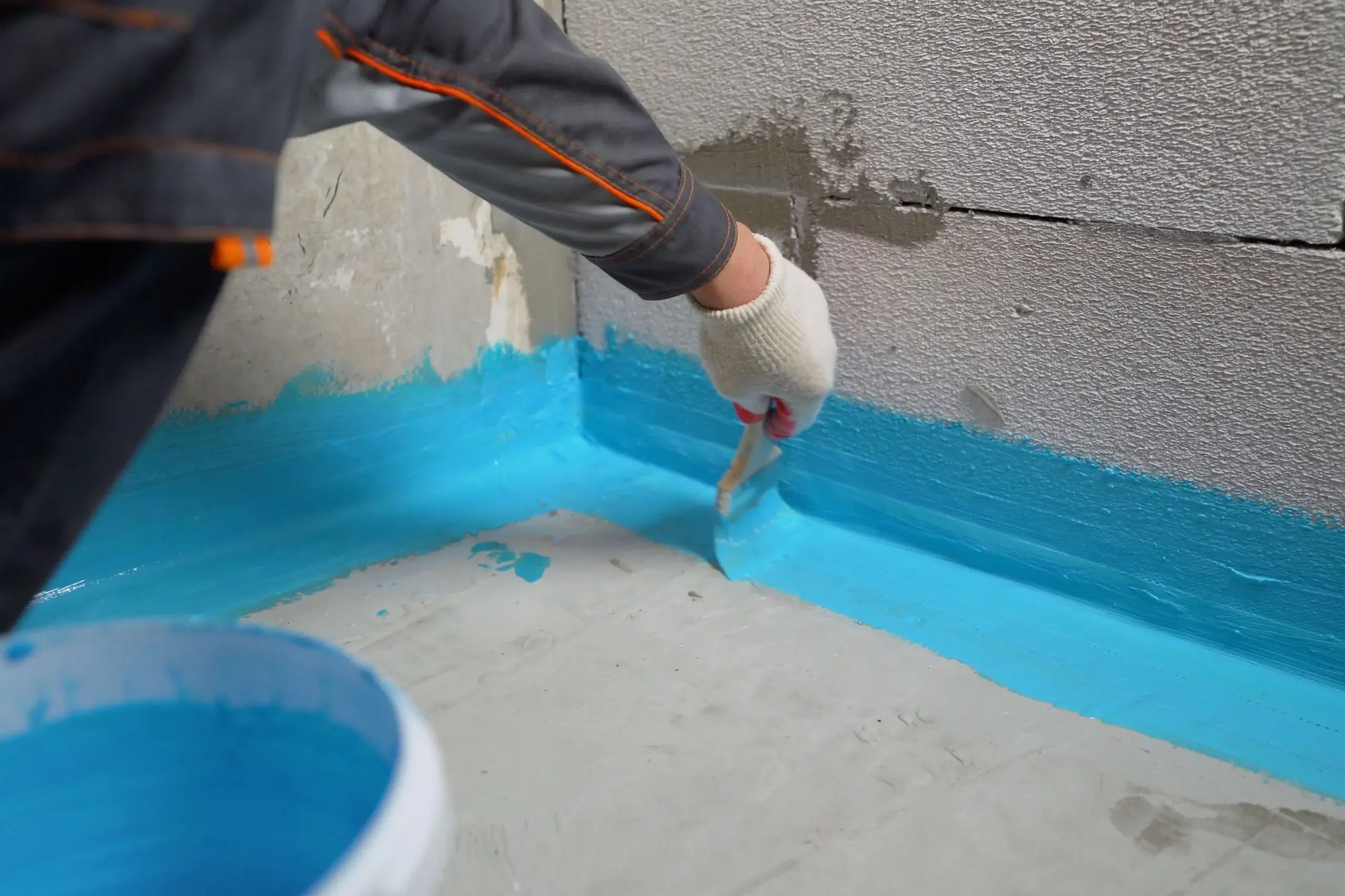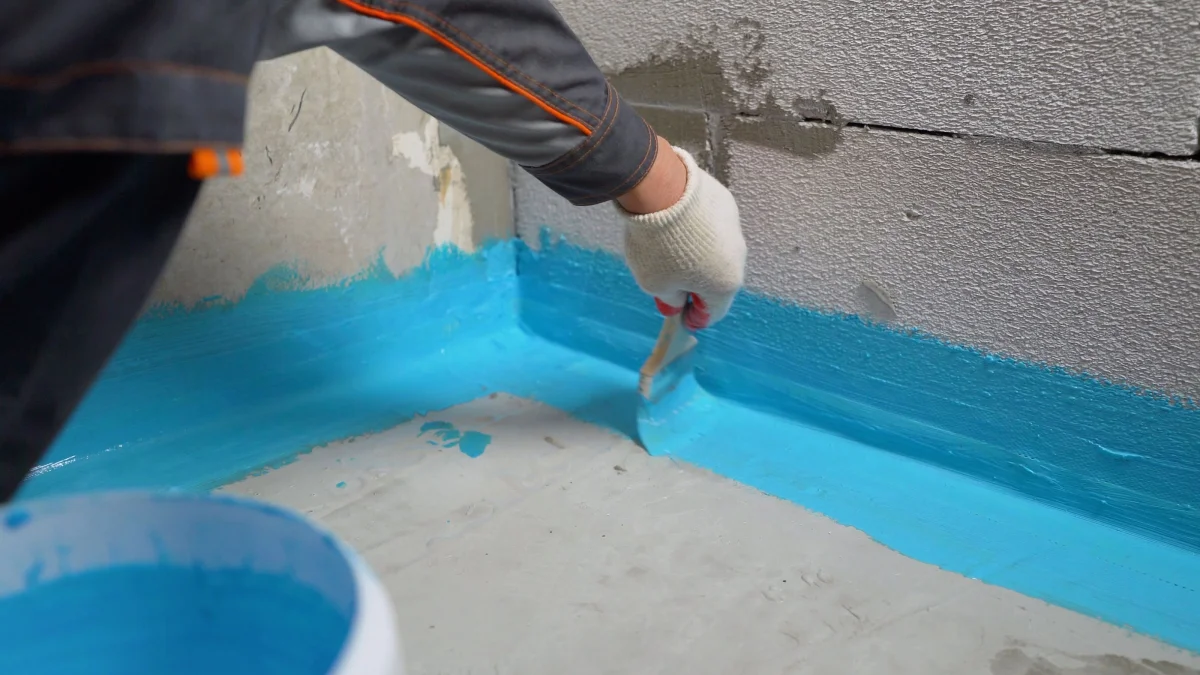
A dry and secure basement is a crucial component of any home. Yet, due to its subterranean position, basements are often prone to water infiltration. Moisture in the basement can lead to mold growth, structural damage, and a decrease in property value. For homeowners and builders alike, understanding the basics of basement waterproofing is vital. This article offers a foundational guide to the essentials of keeping basements dry.
Why Basements Are Vulnerable
Basements are naturally susceptible to water for several reasons:
1. Hydrostatic Pressure: This term refers to the pressure exerted by a fluid due to its weight. When it rains, or when snow melts, water in the soil around the foundation can exert pressure against the basement walls, causing cracks and seepage.
2. Soil Type: Clay-heavy soils tend to retain water, increasing the chances of water seeping into basements. Sandier soils allow for better drainage.
3. Poor Drainage: If the surrounding landscape doesn’t effectively divert water away from the foundation, it increases the risk of basement flooding.
External Vs. Internal Waterproofing
Basement waterproofing methods are often categorized into external and internal.
*External waterproofing* deals with preventing water from entering the basement in the first place. Techniques include:
– Grading the landscape to guide water away from the foundation.
– Installing French drains or weeping tiles.
– Applying waterproof membranes on exterior walls.
*Internal waterproofing*, on the other hand, manages water that has already entered the basement. These methods include:
– Applying sealants on internal walls.
– Installing sump pumps.
– Incorporating internal drainage systems.
Key Components of Basement Waterproofing
1. Drainage Systems: Both external (e.g., French drains) and internal drainage systems (e.g., interior weeping tiles) help divert water away from the foundation or interior of the basement. Properly installed and maintained drainage systems are fundamental in keeping basements dry.
2. Waterproofing Barriers: These are coatings or membranes applied to walls and floors to prevent water infiltration. External barriers might be bituminous or elastomeric coatings that shield the exterior of the foundation. Internal barriers might include waterproof paints or sealants.
3. Sump Pumps: These devices collect water from the basement and pump it away from the home. They are typically installed at the lowest point in the basement. When water reaches a certain level in the sump pit, the pump activates, moving the water away, thus preventing flooding.
4. Dehumidifiers: In areas prone to high humidity, even without direct water intrusion, dehumidifiers help keep the basement dry by removing moisture from the air. This helps prevent mold growth and keeps stored items in the basement free from dampness.
Maintenance Matters
Understanding the basics of basement waterproofing also involves recognizing the importance of maintenance. Even the best waterproofing systems can fail if not adequately maintained. For instance:
– Drains can become clogged with debris, rendering them ineffective.
– Sump pumps can malfunction if not regularly inspected and serviced.
– External barriers can degrade over time and might need re-application.
Regular inspections and maintenance checks ensure that these systems function optimally, offering homeowners peace of mind during wet seasons.
Conclusion
Basement waterproofing is a critical aspect of home maintenance. It not only preserves the structural integrity of the home but also ensures a healthier living environment by preventing mold growth and potential water damage. By understanding the basics, homeowners can make informed decisions, choose the right solutions for their properties, and enjoy a dry and secure basement for years to come.
Kane Walker
Related posts
Stay connected
- How LoveOn Chat Is Becoming the Most Versatile AI Companion for Digital UsersThe internet keeps shifting toward hyper-personal interaction, and AI companions are at the center of this shift. What used to be simple chatbots are now evolving into emotionally aware, adaptive, and multi-functional digital partners. Among the new generation of platforms, LoveOn Chat is becoming one... The post How LoveOn Chat Is Becoming the Most Versatile […]

